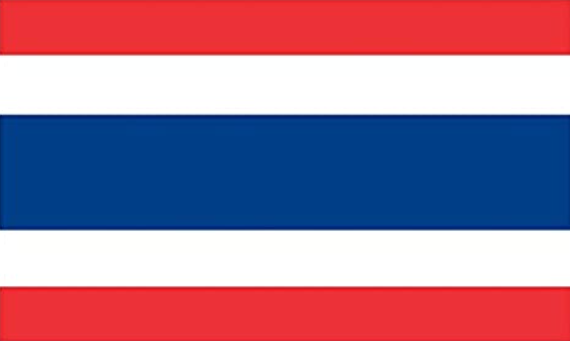
Publishing Dual-Text Books
Why Libraries and Schools Do Not Carry More Dual-text Books
For anyone learning to read a second language, the first question often asked is “Why don’t they just make books in dual-text, so I can see the meaning of the word in my own language without looking up every other word.” Make sense? Absolutely. There is no better way to learn a second language than comparing sentences from both languages. I can find language textbooks, vocabulary glossaries, and various online applications, but rarely can I find novels, stories, articles, or any book with dual text. If I could, my comprehension of that second language would come at lightning speed. But, enough whining for now. Let’s look at the rationale behind the industry’s disregard for dual text.
One in five American households speak a second language in the home, yet only three percent of our literature is non-English. That’s a shameful 17% gap in books we offer bilinguals. (So much for propagating diversity in the country through literature.) You would think traditional publishers would be all over this, right? However, this is not the case.
Large publishers work on a business model that relies on sales from their most popular or on-demand authors. They print in runs of tens of thousands and promote a small selection of books that hope to sell in the millions. It is all about low-cost, high return. Taking a novel and translating the text is a very costly endeavor. Not only must you have a viable translation, more importantly you need a large audience willing to pay for a book that is close to double the cost of a monolingual book, and is the contributing factor to that 17% gap. In other words, traditional publishers don’t do niche books.
Over the past 20 years, the children’s publishing industry has shifted over to self-publishers without too much of a fight from the giant publishing houses. In turn, large book distributors have taken Indie writers under their wings and given them a vehicle to sell books to libraries and schools. Many authors today use Follett, for example, to distribute hardbacks they could not otherwise afford to market. The freedom self-publishing Indie writers have obtained over the years allows them to tackle a broader range of subject matter and format. Couple this with the advent of print-on-demand, and now you no longer need to fund a 10,000 book print-run to sell books. In a very short time, the industry has turned on its heels and positioned itself for an innovative company to take full advantage of new publishing technologies. The impact this has on creating new language books is substantial, or better phrased, could be substantial once a publisher unlocks the secrets behind a viable business model. At Children Bilingual Books, we have landed on a model that caters directly to a growing population of second-language learners who are often ignored in our schools and libraries.
What books do you show your Vietnamese parents looking for stories to read to their child in their family language. Or maybe you meet a Ukrainian grandparent not proficient in English who is hoping to read to their grandchild. If you don’t think it’s a real need, go to any library where we have our books and look at the backlog of reserves waiting to get these into their home.
How do we do it? We offer a niche of books no one else is offering. We created a series of 11 books so that when they finish one book, they have another book waiting for them. Though common events occurring in a young child’s life, we use these events and our list of diverse characters to teach early learners principles conducive to succeeding in school and at home. In other words, we teach social and communicative skills they’re not learning in most social settings today. And, of course, we give them the language tools they need to understand.
All our translators are native-born speakers, proficient in writing and oral communication. Because our books are written straight-forward (no rhyme or meter), contain introductory vocabulary, and are less than 800 words, the cost of translation is minimal. However, for children learning to read two languages, the books are ideal for comprehension. Taking it one step further, our audio books offer an additional dimension for pronunciation. The illustrations provided by Artist Damon Danielson support the text and give the reader another layer of understanding.
The 11-book series is unique in that both traditional and self-publishers have yet to compile a meaningful representation of dual-text books in a large variety of languages. By sharing illustrations from the core eleven books, Children Bilingual Books has been able to offer versions in 22 languages. Format the series as eBooks, audio-eBooks, hardbacks, soft covers, and print-audio books, and you have over 400 publications available to schools and libraries. No other publisher offers learning books across so many languages and formats.
As pioneers of dual-book publishing, the buy-in from bilinguals around the country for these books has been remarkable. The hope at Children Bilingual Books is that more publishers will follow suite and we can begin closings the gap in literature and second-language learning.
So back to our original question: “Why don’t more libraries and schools carry dual-text books?” Perhaps they have yet to learn about Children Bilingual Books.


























